Demasoni: description, care and reproduction
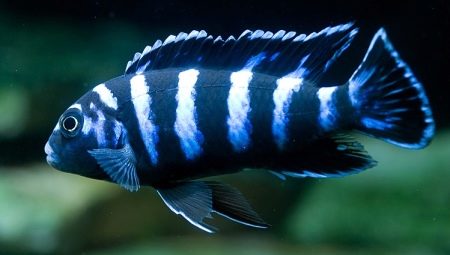
Cichlids are agile fishermen who are curious and interesting in appearance. These aquarium inhabitants do not need special attention and care. A striking representative of these living organisms can be called the pseudotrophyus demasoni, which can be found in nature in Africa in a rocky body of water or near rocks.

Characteristic
Pseudotrofeus demasoni belongs to dwarf cichlids and the order of Perchiformes. This aquarium inhabitant is characterized by an elongated body shape and a length of about 7 centimeters. The pet's head is torpedo-shaped. In the first 2 months of life, it is quite difficult to determine the sex of the fish. The difference between a male and a female can be noticed at a more mature age, the male is usually larger than the female. And also males have a sharp dorsal fin.
The body coloration consists of 6 vertical stripes of blue, black, blue, which alternate with five light lines. The forehead of the pseudotrophyus is wide, with 3 dark stripes on it. The dorsal and caudal fins are framed in the form of a blue line and horizontally located dark stripes. Despite their diminutive size, demasoni are quite aggressive living creatures. They live in flocks dominated by one male. He also attacks other fish and injures them.
These cichlids swim near stones, they also prefer to be in caves. The curiosity of the fish stimulates them to study everything around them. Pseudotrophies swim in an original way, namely upside down, sideways, sagging in the water. The demasoni has existed for about 10 years.

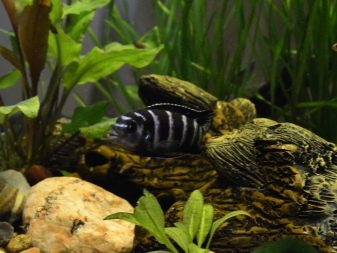
Maintenance and care
DeMasoni aquarium fish are considered whimsical, therefore, it is better not to start them for novice aquarium owners. In nature, this creature feeds mainly on algae, sometimes zooplankton, larvae, molluscs. When kept in an aquarium, their diet should be as similar to natural as possible. The best option would be to buy ready-made feed. From time to time, it should be diluted with algae, nettle foliage scalded with boiling water, dandelion or lettuce.
Animal feed should make up one third of the total diet. It is worth treating the fish with daphnia and cyclops. It is not worth feeding pseudotrophies with shrimps and bloodworms, since this food is too high in calories. If the fish is not fed properly, they may suffer from bloating. For this reason, they should not be given a lot of animal food.
Ailments of aquarium inhabitants are a consequence of improper nutrition, untimely cleaning of the aquarium, lack of a filter, as well as non-compliance with the quarantine regime for new pets. If a fungus occurs, the demasoni should be transplanted into a separate container with water, after which it should be bathed with manganese or saline solution until the symptoms disappear. The owner should choose an aquarium that will be most suitable for these pets.
When keeping 1 male and 4 females, a tank with a volume of at least 150 liters will be optimal. If there are several males, then to avoid aggression it is worth buying an aquarium several times larger, that is, 400 liters.
Do not forget about a sufficient number of places for shelters for demasoni, these can be stones, grottoes.
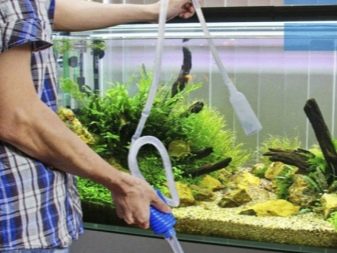
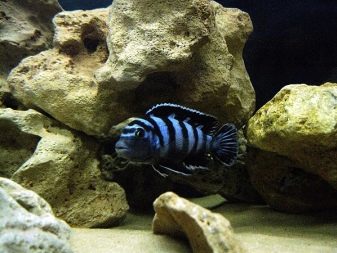
These representatives of the aquatic world are great for the decorations in the aquarium. And also it is worth taking care of the presence of vegetation in the ecosystem. It is worth keeping the aquarium clean on an ongoing basis; a filter can be used for this purpose. It is worth changing the water at least once a week, while changing at least a quarter of the liquid, depending on the population of the reservoir.
The optimal temperature indicator is considered to be from 24 to 28 degrees Celsius. Hardness should be maintained at 10-18, to maintain it, you can use coral chips, argonite-type sand, marble. In its natural environment, this species of fish lives in unsalted water, which is rich in many trace elements. These living creatures are unpretentious to light, so they can live under both artificial and natural lighting.
It is worth remembering that the rays must be diffused, otherwise the water will start to warm up.
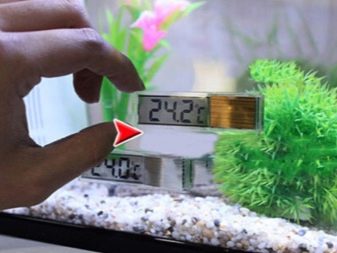

Breeding
In artificial ecosystems, the reproduction of the Demasoni pseudotrophy occurs in a flocking mode, while the number of representatives in it should be about 12 pieces. The eggs are hatched in the female's oral cavity. The breeding period for females begins when they reach a size of 25 millimeters in length. However, it is worth remembering that the number of fry in this case will be small. According to the observations of experts, the male pursues the female until the moment she surrenders to him.
During spawning, dominant males behave quite aggressively, so much so that they can beat a weaker opponent to death. Like other representatives of Mbun, "men" pseudotrophies change their color. The owner must provide shelter in the aquarium for non-dominant males. During one spawning period, the female is able to lay 15 to 25 eggs, which she immediately sends to her mouth and bears them with special care.
7 days after the end of spawning, fry begin to be born. However, this happens only on condition that the temperature indicator, which is optimal for DeMason, is maintained - 27 degrees Celsius. After 14 days, you can see how the fry swim on their own in the water column. During this time, they eat brine shrimp nauplia and small flakes. Young fish behave aggressively and participate in fights.
Important! Sometimes situations arise when adult aquarium inhabitants eat babies. To preserve the offspring, it is worth planting the newborn DeMasoni in a separate tank.
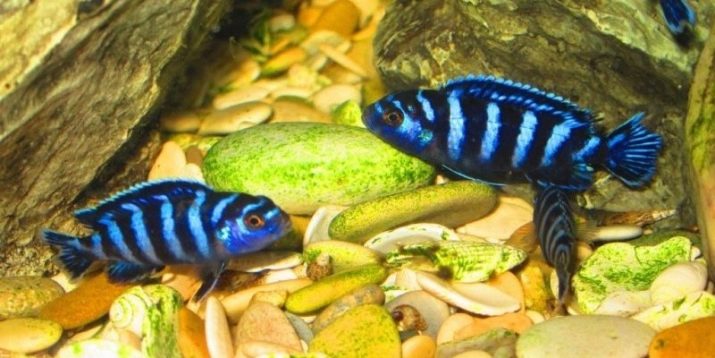
Compatibility with other fish
Since the pseudotrophyus demasoni belongs to aggressive living creatures, it is better not to settle it with other aquarium fish. In fact, these representatives can get along with other Mbuni cichlids, provided the aquarium is rocky. Demasoni needs personal space, therefore, being a little more than 1 centimeter in size, the male chases a fish with an average body size from his territory.
It is strictly forbidden to keep in the same tank pseudotrophies and creatures that have a similar body color. Cynotilapia afra, Pseudotropheus lombardoi, and other minke whales, which have a yellow body with dark stripes, are not the best neighbors of the demasoni. Labidochromis caeruleus, Metriaclima estherae and Maylandia callainos can be kept with this species. With calmness, the DeMasoni perceives neighbors on whose body there are no stripes, for example, to the cyclides of hummingbirds, red zebras.
According to the recommendations of experts, it is worth keeping at least 12 living creatures in one aquarium.
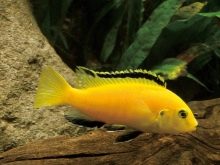
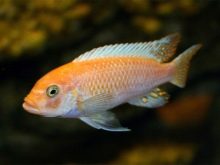
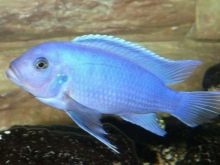
Demasoni is an active dwarf cichlid that has an attractive and interesting appearance. Despite the fact that there should not be any special difficulties in growing it, it is still worth considering the following nuances:
- these fish are sensitive to water indicators and ambient temperature, so they should be kept at the right level;
- the water change should be carried out no more than 1 time per week, since the pet will need to adapt to the new conditions;
- difficulties can also arise in relationships with neighbors, since these fish are quite aggressive and cruel to their relatives.
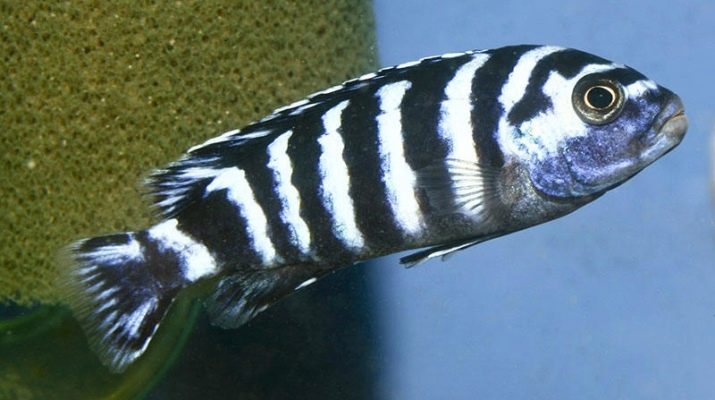
You can find out how Pseudotropheus Demasoni spawns below.








